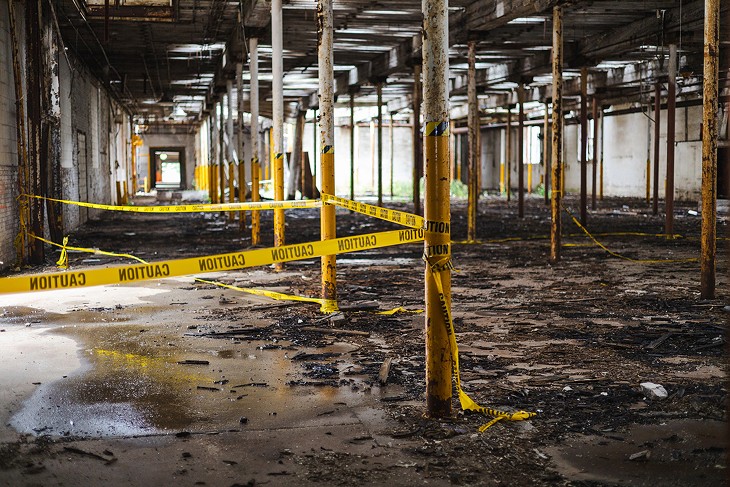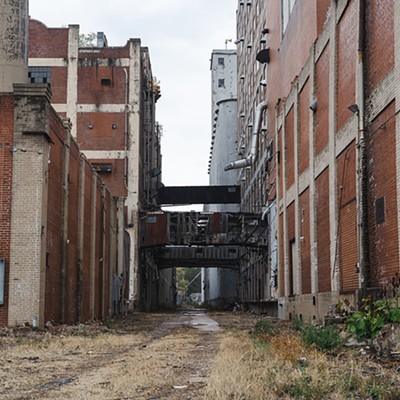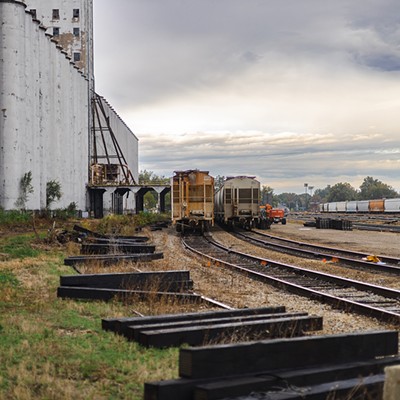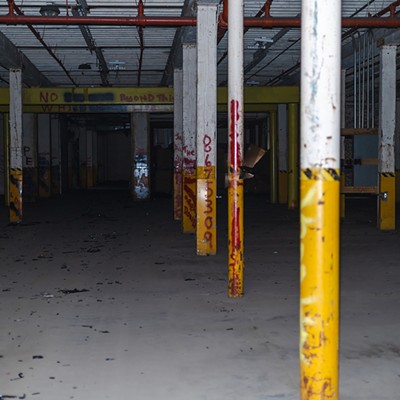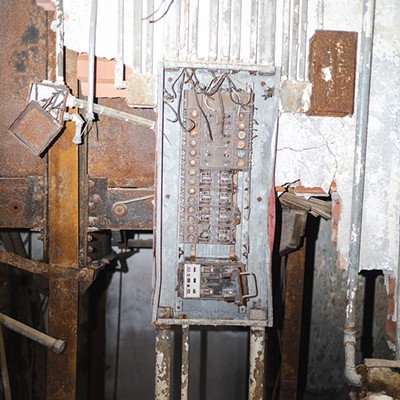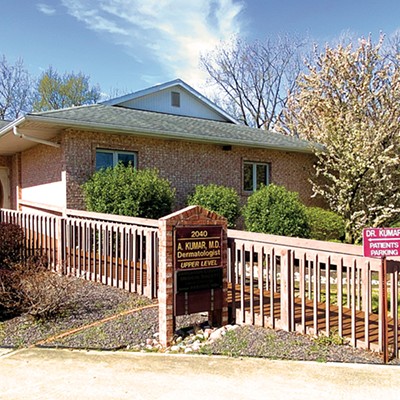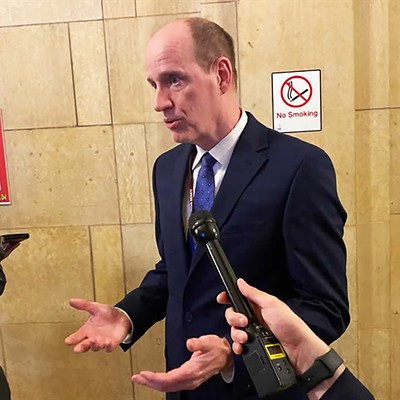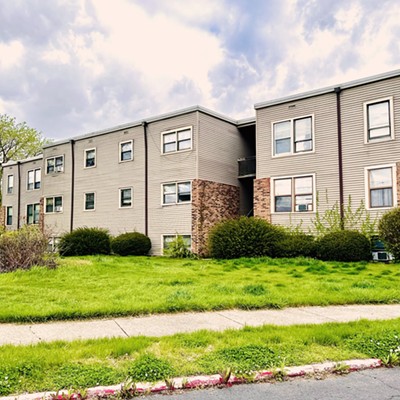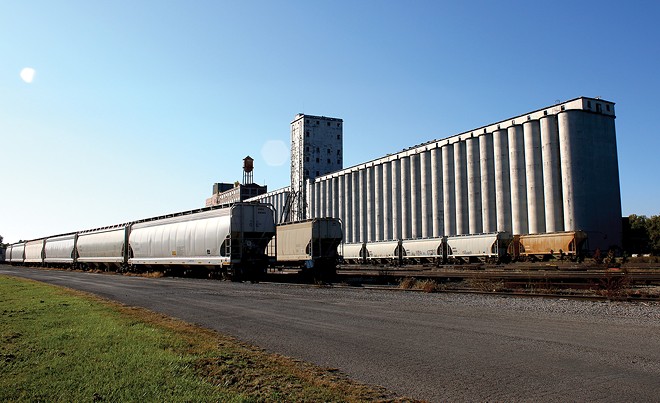
It will cost about $10 million to level the 18-acre Springfield eyesore that was once the largest flour mill in North America.
Just where the money will come from to demolish the former Pillsbury plant remains a bit of an open question, said Joel Zirkle, an owner of the Freeport-based engineering and environmental firm Fehr Graham.
Zirkle's firm completed an environmental study of the site this week. Key findings are:
• While most asbestos was removed from the site several years ago by emergency U.S. EPA action, some remains. The silver paint coating the site's 160 silos contains asbestos and will have to be removed.
• No discernible groundwater contamination was found on the site after samples were taken from 15 test wells.
• The soil on the site is free of almost all industrial contaminants. A slightly elevated level of arsenic was found, but Zirkle said that can be easily remediated.
Zirkle said the next step will be to seek federal grants to demolish the dilapidated buildings and other structures. It will likely be at least four or five years before the site is fully cleared.
Demolition will begin with the structures nearest the site's main entrance. The final buildings to be razed will be the silos and the headhouse, where grain transfers were managed.
Before the silos can be destroyed, the asbestos-based paint will need to be removed. There are several methods that can be employed to do this. Some could involve creating an envelope around the structures as the paint is removed, Zirkle said.
Chris Richmond, president of the nonprofit Moving Pillsbury Forward, said ideally the site will eventually be redeveloped for industry.
"We've got heavy utilities coming into the site," he said. "We've got a six-inch natural gas line at two different locations coming in and a 12-inch water line. There's 12,000 people that live within one mile. So, there's a ready workforce. It's 18 acres and it sits right next to a railyard."
Community volunteers have worked extensively on the site this year to clear trash, weeds and brush, he said.
"We have had 450 cubic yards of general refuse hauled out of here," he said. ... "We've chain-sawed out trees that are as much as a foot around. There was just a green canopy all the way through the site because it was 10-20-years' worth of weed tree growth. We really had a forest of trees that we utilized volunteer labor to get rid of."
Moving Pillsbury Forward acquired the 18-acre site in April after years of both illegal and legal scrap removal since the plant shut down in 2001. The nonprofit bought the site at 1525 Phillips Ave. for $1.
Pillsbury Co., which was acquired in 2001 by Minneapolis-based General Mills, built the Springfield plant during the 1920s, Richmond said. He added the silos on the site had a 3 million-bushel capacity.
In the 1950s, at its peak, the plant employed about 1,500 people, he said.
Pillsbury sold the site to Cargill in 1991 for $19 million. Cargill ran the plant as a grain storage facility for about 10 years and the facility then sat vacant until 2008, when the site was sold to a series of owners who removed scrap metal.
Illegal removal of asbestos from copper pipes led to a court injunction filed by the Illinois Environmental Protection Agency in 2015, and the U.S. EPA paid for $3.2 million worth of asbestos cleanup in 2017. During those years, around half of the original 850,000 square feet of building space were demolished and removed.
Scott Reeder, a staff writer for Illinois Times, can be reached at [email protected].

